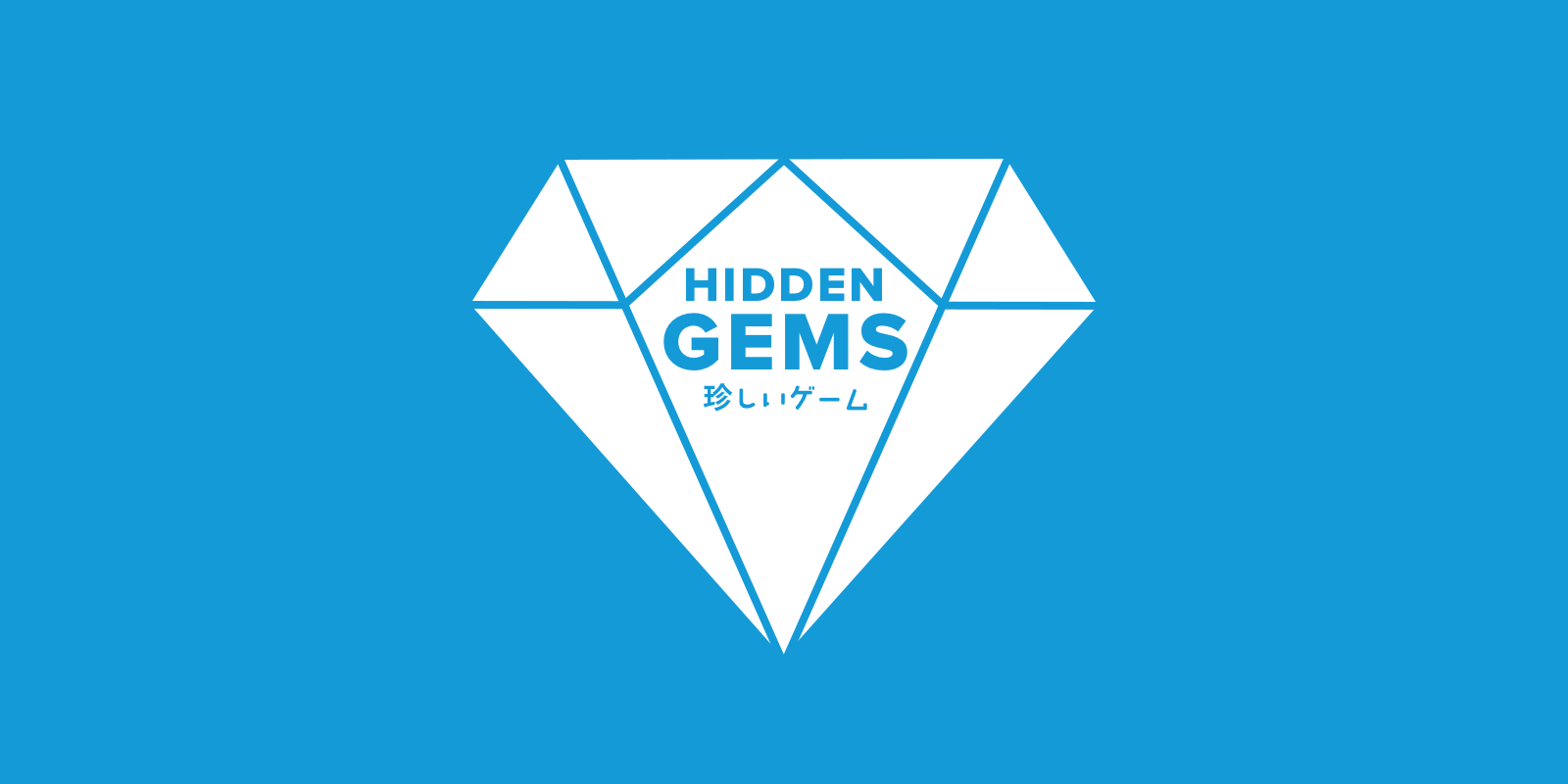Hidden Gems of Game Design Vol 35
Unearthing Kya Dark Lineage and Crusaders of Space: Open Range.

Plenty of amazing games go unnoticed and are not played widely for various reasons. Maybe it’s a diamond in the rough, or the marketing wasn’t there, or it could be a game ahead of its time. For this monthly series, I’ve asked my fellow writers on SUPERJUMP to pick a game they think is deserving of a chance in the spotlight. Let us know your favorite hidden gems in the comments.
Josh Bycer
Kya Dark Lineage (2003)

My pick for this month is one of the most criminally underrated games I’ve talked about for this series. Kya Dark Lineage came out during the PlayStation 2 era, considered by many a golden age of amazing titles.
The story involves Kya, a young woman living with her brother after their father mysteriously disappeared many years before. When a strange event opens a portal to another world, the two are transported to a land besieged by Brazul and his Wolfen. To save the day and her brother, Kya must explore the world, rescue creatures known as Nativs, and punch and kick a lot of Wolfen.
While this is a 3D platformer, you will do far more than jump around. Kya features a fully fleshed-out action system with punches, kicks, counters, and more. For one of the first times in an action game, the enemies were designed to read and react to what the player was doing – if the player repeated the same attacks and combos, they would start to auto-block those patterns. As players upgraded Kya's abilities, she got new moves that could be integrated into combat to better avoid the auto-blocks.
As a 3D platformer, the game followed most of the genre conventions of that era as you explored the world. The major progression is tied to saving Nativs who had been transformed into Wolfen. To save them, you need to beat them up and knock them out, then use a magic spell to rescue them. With enough Nativs, the home base gets upgraded and unlocks new items for progression and power, which are requirements to see the game through to the end.

I loved Kya Dark Lineage and I’m still chasing that high of a 3D platformer with a solid combat engine. For many of the platformers released at that time, their combat was either very basic like Crash Bandicoot or sacrificed exploration at the altar of combat, as in games like Mark of Kri and Devil May Cry.
So why did Kya fall through the cracks back in 2003? I don’t think it’s a case of bad or confusing gameplay, but rather just being overlooked amidst a bevy of fantastic platformers released during that time. When you have so many great examples of the genre, and those with more brand awareness like Rachet and Clank and Sly Cooper, it’s easy for people to miss a smaller game like this one.
Kya did everything expected from a 3D platformer from a design perspective, though there is a sense that if you played one 3D platformer during this era, you'd played them all. The unique combat was the main draw, but the game never approached the kind of challenging gameplay typically found in action games of the day. This left Kya inhabiting a weird middle ground as a game for platformer fans who wanted more action, or action game fans who also wanted to do a lot of platforming.
I’ve seen YouTubers over the last decade discuss this one, and in an era where other PS1/PS2 platformers are being remastered or re-released, I desperately need a remastered version of this. Kya Dark Lineage's whole is greater than the sum of its parts and is a worthy platformer/action game for fans of the style.
Antony Terence
Crusaders of Space: Open Range (2006)

Shoot ‘em ups in space were a permanent fixture of arcades in the 80s and developers tried for decades to capitalize on the trend. Adept Studios’ Crusaders of Space was one such attempt in 2004, pitting a lone spaceship against an alien Main Brain and its minions. Two years later, the studio worked on Crusaders of Space: Open Range, a sequel whose minor flourishes didn’t impair its intense shootouts.
Like most shmups (shoot ‘em ups), Open Range demands a careful balance of evading projectiles as you return fire, picking up weapon and armor upgrades along the way. Failing to memorize (and dodge) attack patterns weakens your weapons and takes you one step closer to failure. With higher difficulty levels buffing enemies' rate of fire and durability, every dodge mattered.
What impressed me the most as a kid were Open Range’s bizarre enemy spaceship designs. In addition to hovering around the screen and peppering it with projectiles, the alien ships’ animation sequences were a mighty fine distraction. Featuring hulls that fused pulsing slime with metallic wings and spikes, I couldn’t help but admire how otherworldly they looked, even as their shuriken and pasta-shaped bullets spun toward my ship.
“Move over, Bill Gates,” the pilot bellows as you grab coins dropped from destroyed ships. Grimy pilot cam footage, the occasional snarky remark, and a status bar help you track your ship’s power-ups during battles. Open Range’s unsettling spaceships and haunting trance soundtrack created a slow buildup of dread instead of relying strictly on flashy colors and jolts of adrenaline.

Shoot ‘em ups may no longer dominate arcade cabinets, but that doesn’t mean their mechanics aren’t relevant. CYGNI: All Guns Blazing (2024) is a strong reminder of the genre’s capacity to stage cinematic battles. You’ll also find shmup DNA in roguelikes like Enter the Gungeon and Hades. Come over to Open Range for freaky spaceships, and stay for the bullet hell boss fights.

